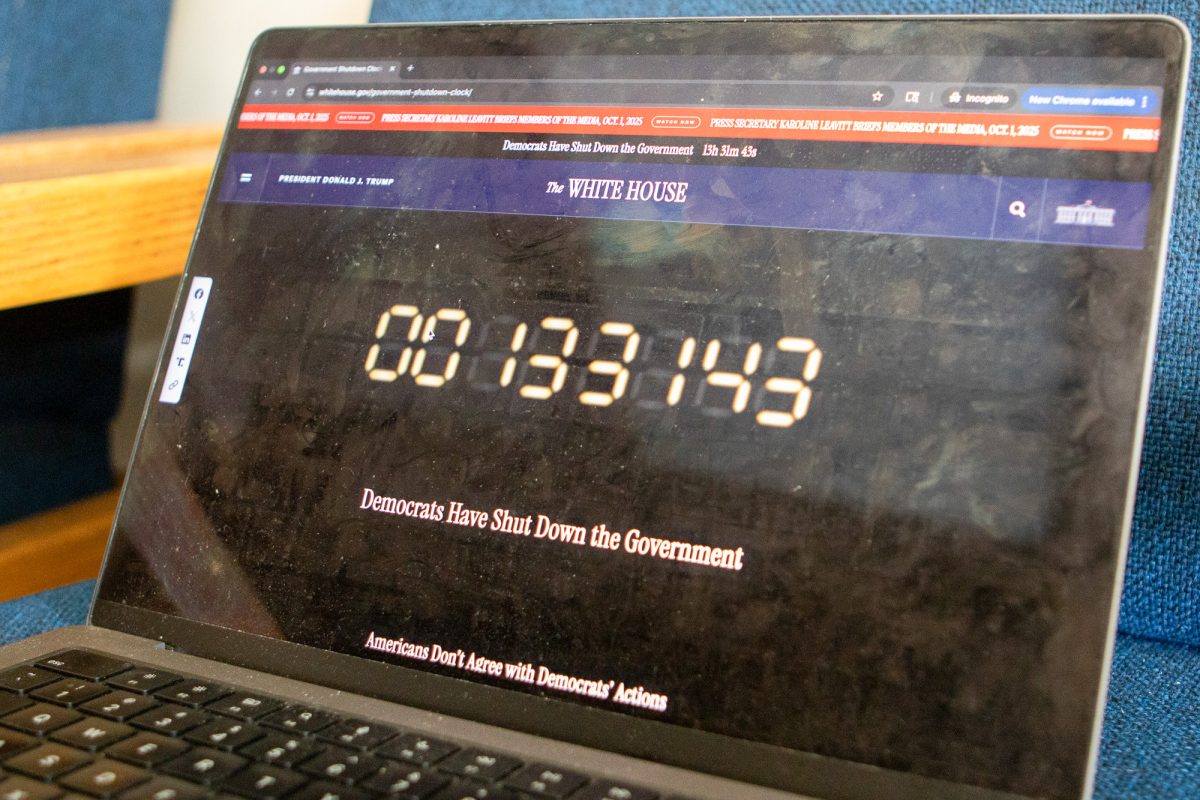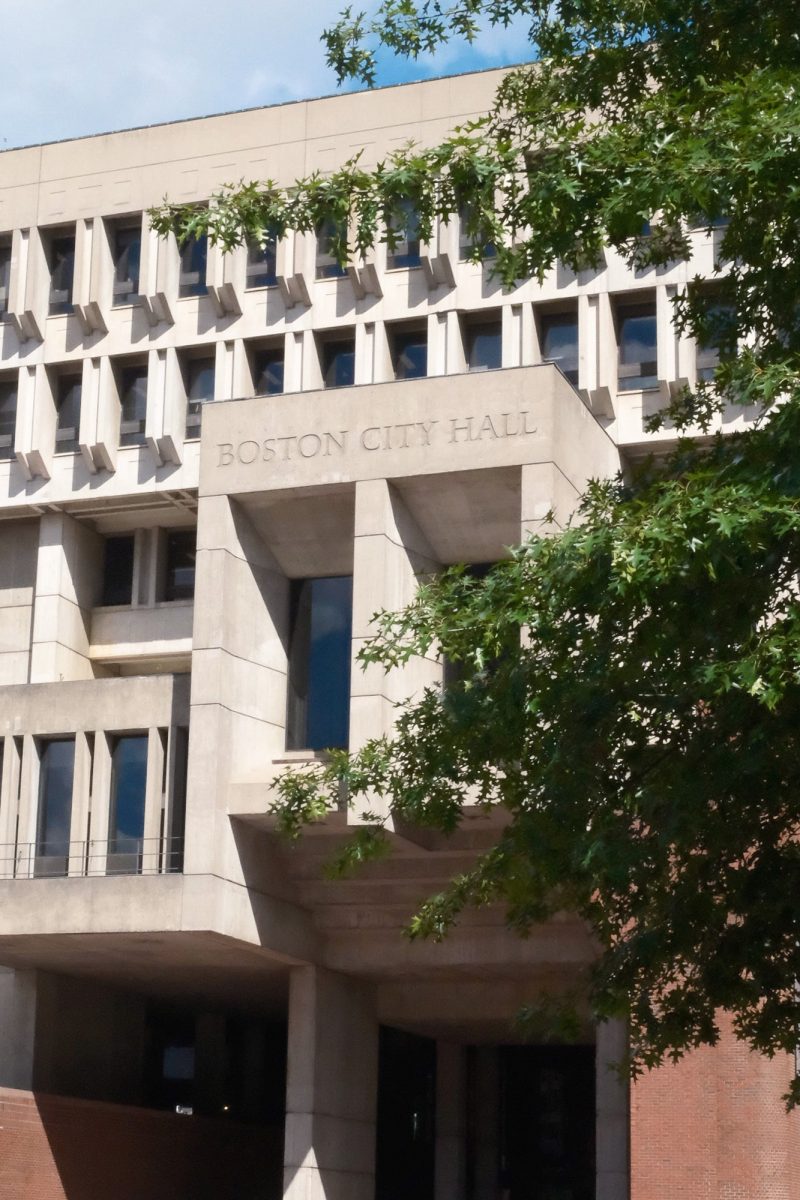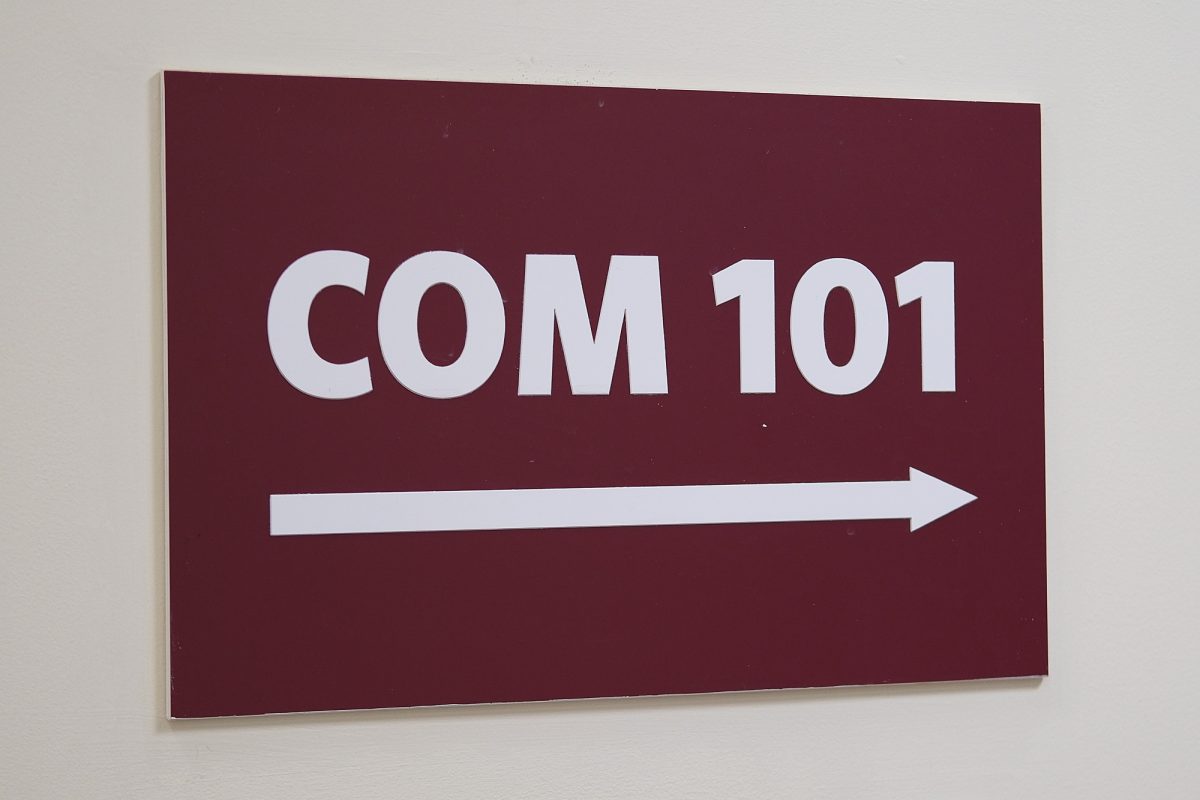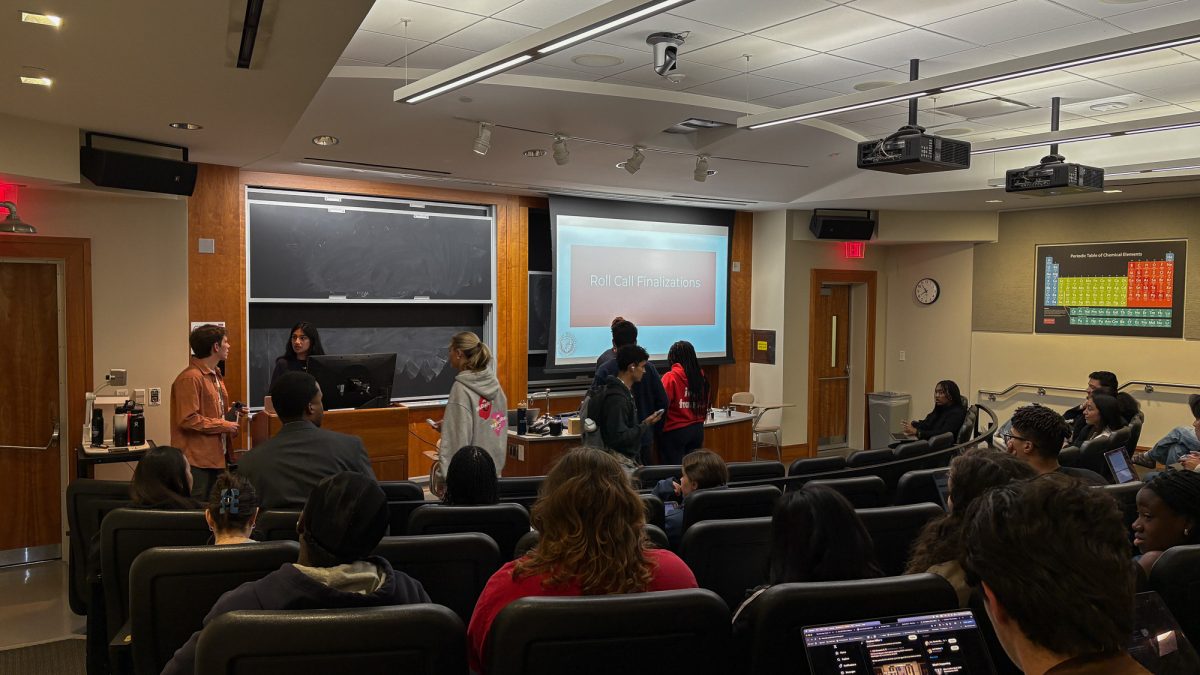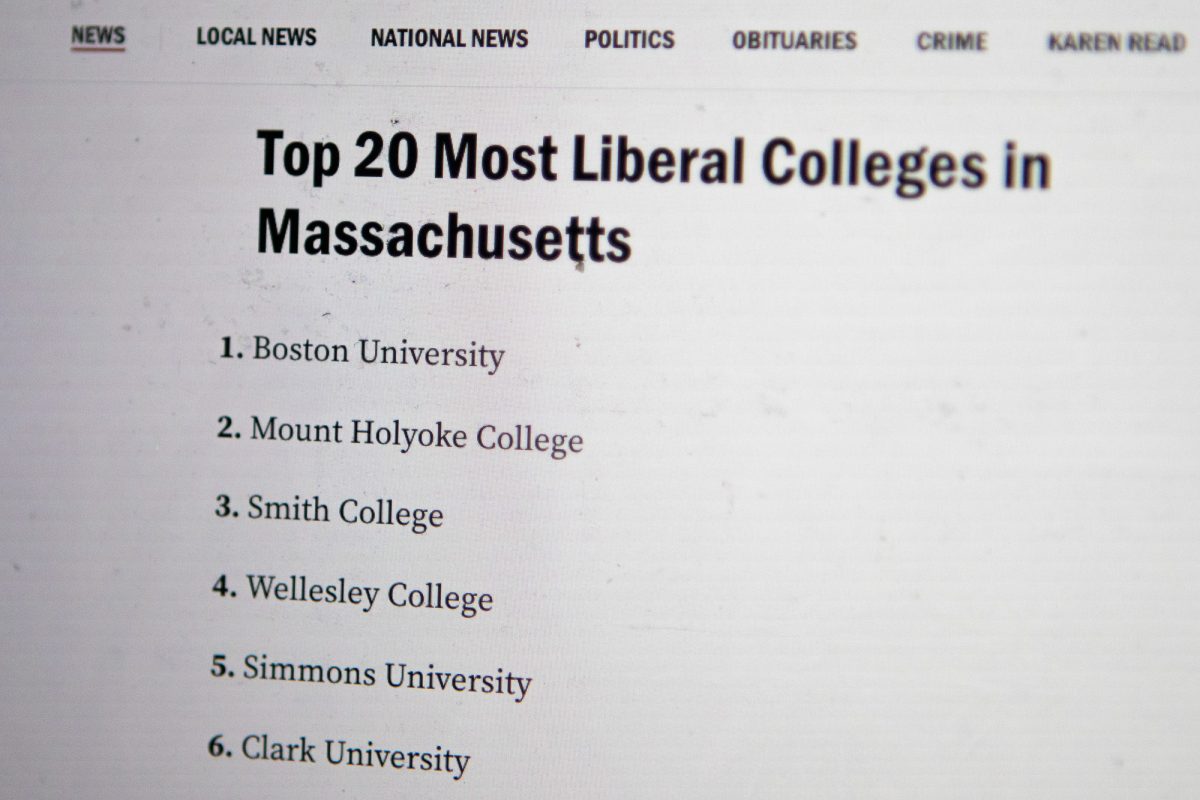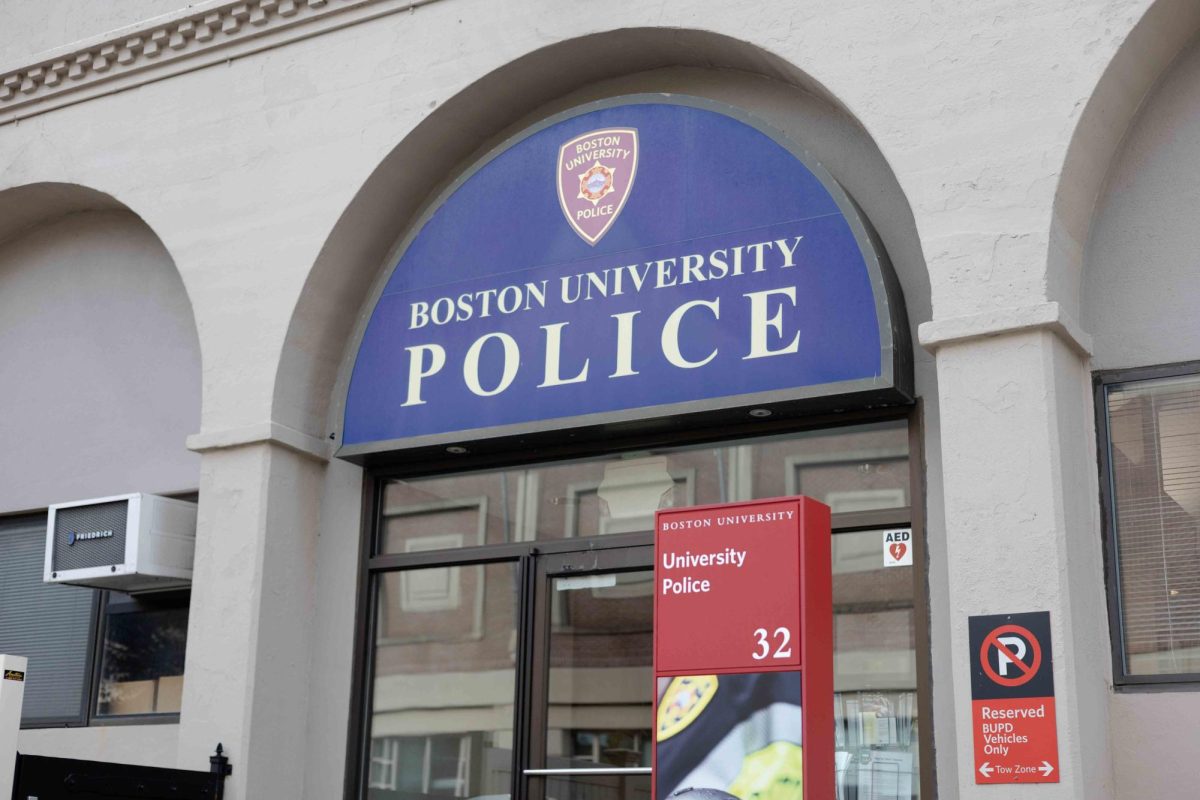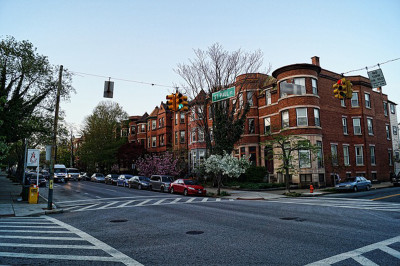
The first year of energy metrics for large buildings are now publicly available as part of a citywide plan to make Boston more environmentally friendly.
The metrics, released Thursday, are accessible through a new Greenovate Boston website created by the city, according to a Thursday press release.
Austin Blackmon, chief of environment, energy and open space for Boston, said the efforts are collaborative.
“We’re eager to help residents and businesses save money by connecting building owners with energy efficiency incentives and financing programs,” Blackmon said in the release. “And because large buildings are responsible for about half of our citywide greenhouse gas emissions, increasing their energy efficiency is critical to achieving our climate goals.”
The City Climate Action Plan, which launched in 2011, aims to reduce greenhouse gas emissions to 25 percent by 2020 and 80 percent by 2050, according to the release. Another goal is to encourage building owners to be ecologically and economically efficient.
According to the Building Energy Reporting and Disclosure Ordinance, requirements for building owners to mind their ecological footprints are essential to reduce site energy use intensity, the release stated. Higher education institutions were found to have produced 25 percent of all reported emissions.
Buildings are rated on an Energy Star scale of 1 to 100 based on its location and use, according to the EPA website, and buildings that receive a 75 or higher rating are eligible to become Energy Star-certified.
Brian Helmuth, a professor of environment at Northeastern University, said the CAP has the potential to prevent future environmental catastrophes.
“They’re going to happen whether we like it or not at this stage, so planning ahead is really the best strategy,” Helmuth said.
Helmuth added that it is crucial to take preventative action for the environment, considering previous disasters that have happened.
“It’s very proactive and forward thinking, and its nice to see that the City of Boston is leading the charge,” he said. “We know it’s not a matter of if climate change is going to happen. It’s sooner or later until we are going to have another Hurricane Sandy. It could happen at any time, so being proactive is definitely the only way to go.”
Several residents said the energy metrics are a first important step toward improving the city’s energy situation.
Diego Peña, 25, of Allston, said the initiative seems like a good move by the city, and that he sees efforts towards energy conservation in his own workplace.
“We work in a very wasteful industry but [we] try to do our best to compost, turn off as many lights as we can, use as little energy as we can,” he said.
Nick Moreland, 24, of Fenway, said it is important for the city to push toward a greener environment, but that imposing stricter consequences might also be useful.
“We have to limit our impact on the environment before we get in too deep, so I’m all for it,” he said. “It’s obvious that we’re not going to do it ourselves … the only way that will happen is if they start implementing sanctions against people who [don’t conserve energy].”
Julia Metjian contributed to the reporting of this article.


